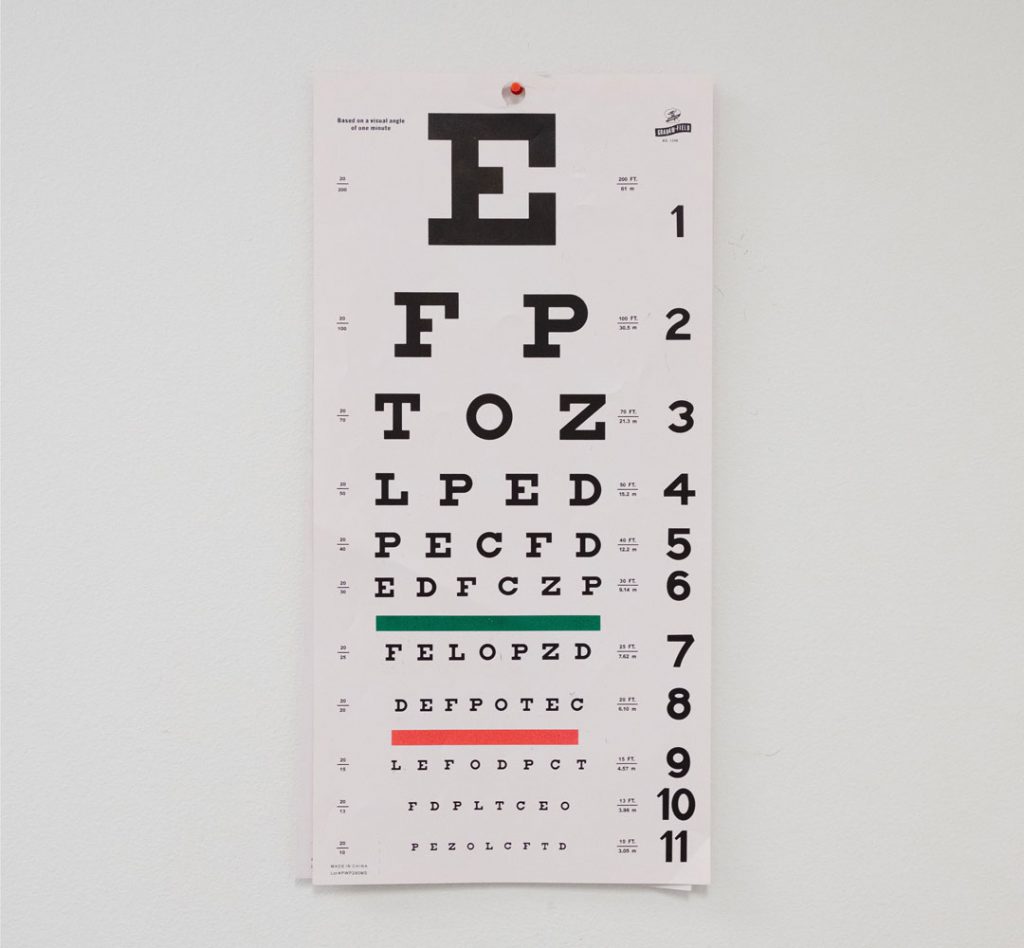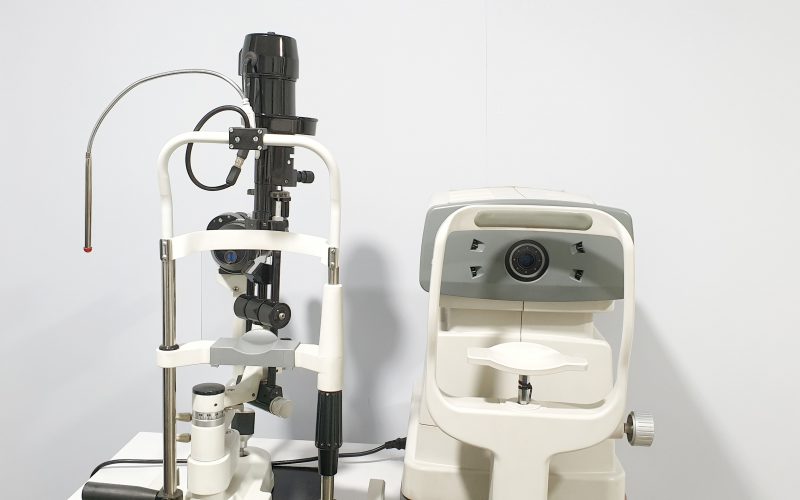Good eyesight is something people take for granted until they notice vision problems. In today’s world, this is becoming more common as we use more screens and are exposed to more harmful UV light than ever before. There are many factors that pose a risk to our eyesight, and as with all diseases, prevention is better than cure.
Unfortunately, most only think about visiting an eye doctor after they start to notice eyesight problems. Sometimes they even delay it until significant damage has happened. An annual eye examination is sufficient for most unless you have a history of eye issues in your family. We take a look at some eye problems symptoms one should watch out for that warrant an immediate visit to your ophthalmologist or optometrist. Here are some of the most common adult vision issues:
Common Vision Problems
Nearsightedness
Medically referred to as myopia, this is when you can see clearly up close but things appear blurry in the distance. This is caused by a refractive error where light rays fall short of your retina. Often your close vision is very good.
Farsightedness
The opposite of myopia is hyperopia. This is where you can make out things in the distance pretty well, but close things are blurry. It’s caused by light rays overreaching your retina.
Astigmatism
An eye problem where your vision is blurry for close or far objects, caused by a cornea that isn’t completely round causing light rays to fall unevenly on your retina’s surface.
Color Blindness
The inability to perceive shades or intensities of colors. Color blindness is genetic and more common among men. Though it is incurable, it can be corrected to some degree with color blind glasses.

Symptoms and Signs of Potential Vision Problems
Whether you’re scheduled for your next regular check-up or have just had it, you should visit your eye doctor as soon as possible if you notice any of the following eye symptoms. In some cases, immediate treatment is needed to save your vision.
- Eye pain: Sudden and severe eye pain, or recurrent pain in and around the eye
- Any sudden change in vision that includes hazy, double, or blurred vision that may be worse in bright light, seeing flashes of light or sudden bright floating spots
- Seeing rainbows or halos around lights or floating “spider webs” in your vision
- Double or triple vision, where images overlap in one eye only
- Seeing a “hood coming down” over one eye or feeling as if one eye is “filling up with ink”
- Becoming unusually sensitive to light or glare, maybe even feeling pain, and possible inflammation inside your eye
- Swollen, red eyes
- Changes in the color of the iris
- White areas in the pupil of the eye, or a normally dark pupil looking milky white or opaque
- Itching, burning, or a heavy discharge in the eyes
Other Signals of Visions Issues
Sometimes when it comes to your eyes, problems may not be as discernible. A vision issue may be revealed while participating in everyday activities.
Moving Around
You may have difficulty walking on irregular or bumpy surfaces or even stepping hesitantly on regular flat surfaces. You’re not able to go upstairs confidently. Instead, you find yourself taking each step slowly and cautiously. You find yourself constantly shuffling your feet as you walk. You brush against walls and bump into objects like tables while walking. You miss objects that you’re trying to pick up because you under-reached or over-reached for them. This could be related to a vision problem.
Drinking and Eating
You can’t seem to stab that piece of meat with a fork or get food onto it at all. It’s hard to cut food or spoon from a serving dish. You spill more food than usual off the plate while eating. You overfill cups or glasses. You’re extremely clumsy, knocking over glasses and other items when reaching across the table. These situations could indicate an issue with depth perception, and ultimately your eyesight.
Writing and Reading
You no longer read your mail, newspapers, or books. You have to bring something really close to your face or at an angle to read it. Writing in a straight line becomes difficult and your handwriting is less clear. You’re constantly increasing a screen’s brightness and find that lighting that used to be sufficient for reading is not anymore. All of these examples point to a problem with your vision.

Diagnosis and Treatment of Eye Issues
A comprehensive eye exam to check for visual problems usually includes:
- An eye chart test
- Measures any refractive errors with a retinoscope
- A slit-lamp microscope exam that examines the surface of each eye and its internal structures
- Measuring pressure inside the eye
- An exam with an ophthalmoscope
- A dilating eye drops evaluation
Treatment of refractive errors usually involves wearing corrective eyeglasses or contact lenses. Surgical correction is becoming increasingly popular with modern surgical techniques such as LASIK surgery. More severe disorders like glaucoma, cataracts, and macular degeneration require more advanced medical and surgical treatments.
Dealing with issues such as short-sightedness or color blindness has become easier thanks to modern technologies. We’ve made eye health our business at Felix Gray, with the best preventive and prescriptive lenses in the market. Browse our collection of beautiful yet functional Blue Light blocking glasses to find the perfect pair for yourself.
